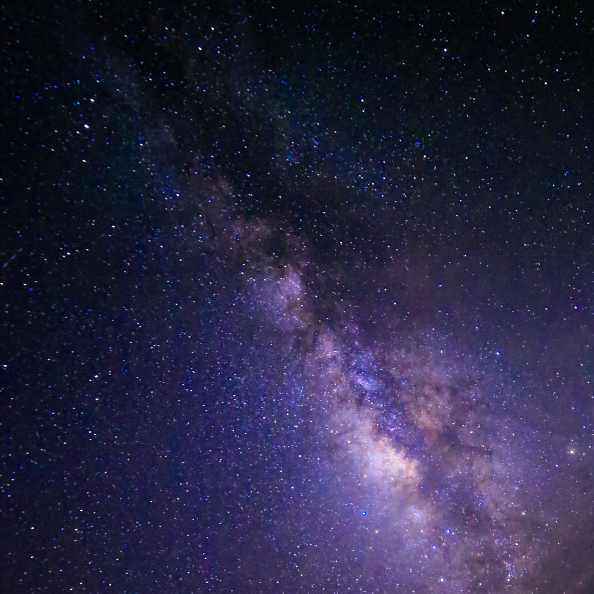
Photo source: Thinkstock
Mumbai
In a significant find, a team of scientists from the Tata Institute of Fundamental Research (TIFR) here has found novel ways to detect a bare or naked "singularity" — the most extreme object in the universe.
When the fuel of a very massive star is spent, it collapses owing to its own gravitational pull and eventually becomes a very small region of arbitrarily high matter density —"singularity" where the usual laws of physics may breakdown.
If this "singularity" is hidden within an event horizon, which is an invisible closed surface from which nothing, not even light, can escape, then we call this object a black hole. In such a case, we cannot see the "singularity" and we needn’t to bother about its effects.
But what if the event horizon does not form?
To address this, Dr Chandrachur Chakraborty, Prashant Kocherlakota and Professor Sudip Bhattacharyya and Professor Pankaj Joshi — in collaboration with a Polish team comprising Dr Mandar Patil and Professor Andrzej Krolak — have shown that the precession frequency of a gyroscope orbiting a black hole or a naked "singularity" is sensitive to the presence of an event horizon.
The TIFR team has recently argued that the rate at which a gyroscope precesses (the precession frequency), when placed around a rotating black hole or a naked "singularity", could be used to identify this rotating object.
A gyroscope circling and approaching the event horizon of a black hole from any direction behaves increasingly 'wildly,' that is, it precesses increasingly faster, without a bound.
But, in the case of a naked "singularity", the precession frequency becomes arbitrarily large only in the equatorial plane, but being regular in all other planes.
The TIFR team has also found that the precession of orbits of matter falling into a rotating black hole or a naked "singularity" can be used to distinguish these exotic objects.
"This is because the orbital plane precession frequency increases as the matter approaches a rotating black hole, but this frequency can decrease and even become zero for a rotating naked singularity," the team noted in a paper appeared in the journal Physical Review D.
The finding could be used to distinguish a naked "singularity" from a black hole in reality, because the precession frequencies could be measured in X-ray wavelengths, as the infalling matter radiates X-rays. — IANS



























